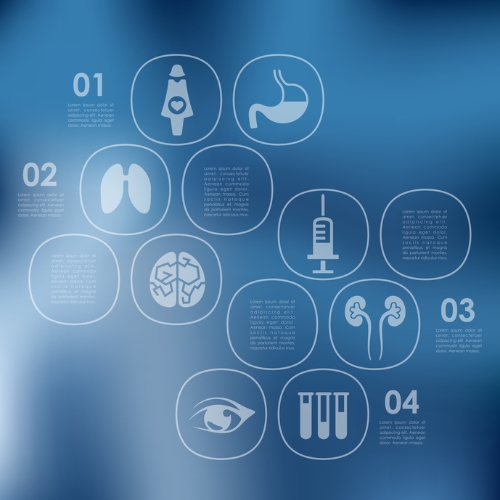Key points from article :
First complete axolotl genome, with 32 gigabases, or 32 billion base pairs.
10 times larger than the human genome and is divided into 14 chromosomes.
Genome sequencing and assembly are iterative processes.
Researchers used one of the most fundamental concepts in genetics— linkage mapping.
Used tissues generated and frozen 18 years ago by crossing axolotls to tiger salamanders.
Map that allowed ordering of ~125,000 large DNA pieces into whole chromosomes worked.
Mutant axolotl unable to repair its heart due to tnnt2 gene mutation, discovered.
This allows scientists to identify “regenerative roadblocks in mammals", in the future.
Research by University of Kentucky, published in Genome Research




